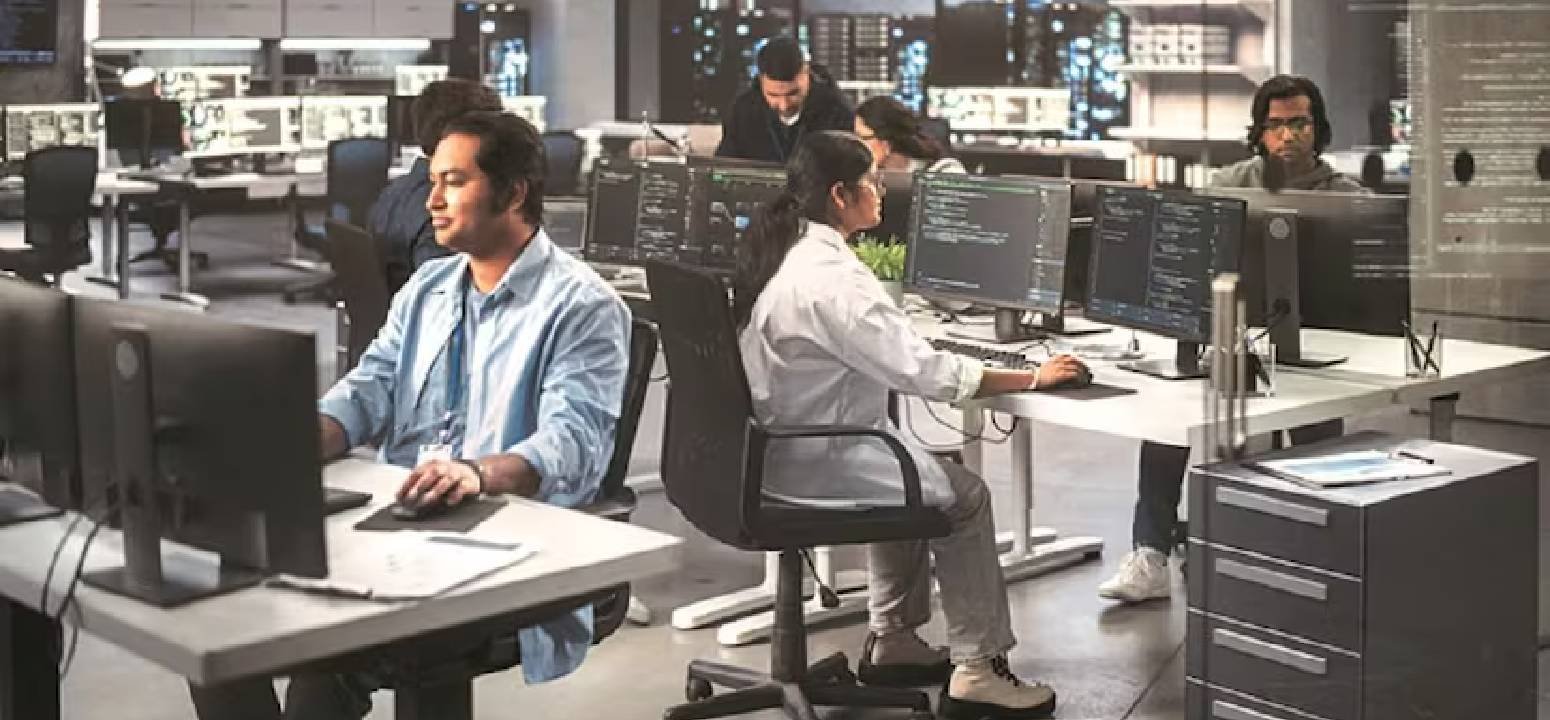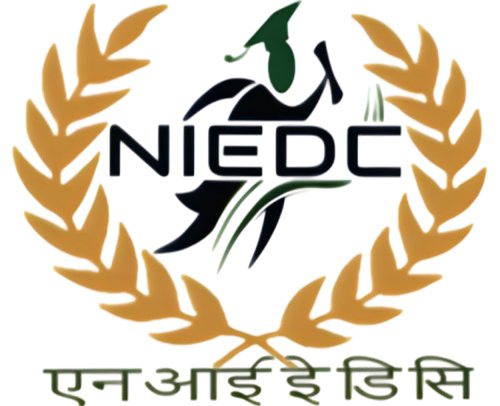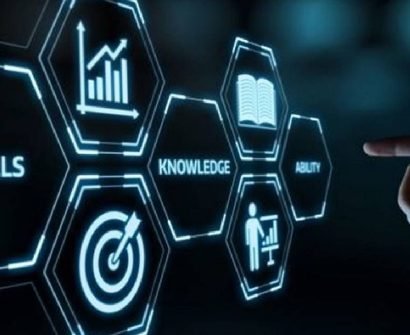
The Tech World in 2025: Five Groundbreaking Technologies Shaping the Future
The technological landscape in 2025 is witnessing unprecedented transformation across industries, driven by innovation, automation, and the urgent need for sustainability. Here are five revolutionary technologies that are dominating headlines and redefining the way we live, work, and interact:
1. AI Agents & Autonomous Systems
Gone are the days when AI was limited to chatbots and text generation. In 2025, intelligent autonomous agents are taking center stage. These agents can:
- Make real-time decisions, learn from user behavior, and adapt to dynamic environments.
- Collaborate with multiple tools and APIs to execute complex tasks across platforms.
- Operate independently, handling scheduling, financial analysis, customer service, and even cybersecurity defense without human intervention.
Industries such as finance, healthcare, retail, and logistics are leveraging these systems to boost efficiency, reduce human error, and scale operations like never before. Think of digital employees that work 24/7 — analyzing data, predicting outcomes, and driving business decisions autonomously.
2. Quantum Computing Advances
Quantum computing is no longer just theoretical. Tech giants like IBM, Google, and a wave of deep-tech startups have made significant progress in 2025:
- Stable qubit performance and quantum error correction are enabling more reliable computations.
- Hybrid quantum-classical systems are now being tested in practical fields like drug discovery, climate modeling, and cryptography.
- Quantum-as-a-Service (QaaS) platforms are emerging, giving enterprises cloud-based access to quantum processors for solving previously intractable problems.
These advances are pushing quantum computing closer to mainstream adoption, setting the stage for a new computational era.
3. Generative AI in Design & Content Creation
Generative AI is revolutionizing how content is created. No longer limited to just images or text, GenAI tools in 2025 are:
- Producing cinematic-quality videos and interactive digital experiences with minimal human input (e.g., tools like Sora and RunwayML).
- Automating UI/UX design, generating entire website templates, marketing campaigns, and social media strategies in minutes.
- Empowering developers by generating working code snippets, debug suggestions, and even full-stack application templates.
This democratization of creativity is lowering barriers for individuals and startups, enabling them to compete with large-scale creative agencies.
4. Edge AI & IoT Convergence
The fusion of Edge Computing and Artificial Intelligence is reshaping industries by bringing powerful processing closer to where data is generated — at the edge. In 2025:
- Smart cities are optimizing traffic flow, energy usage, and public safety using on-device intelligence.
- Manufacturing plants are deploying edge AI for real-time quality control, predictive maintenance, and robotics orchestration.
- Wearables and home devices are capable of understanding user intent and adapting behavior in milliseconds — all without cloud latency.
This shift is critical for applications where speed and privacy are paramount, unlocking the true potential of Industry 4.0.
5. GreenTech & Sustainable Innovation
As climate concerns escalate and ESG (Environmental, Social, Governance) policies tighten, the tech industry is pivoting toward sustainability. In 2025, cutting-edge GreenTech includes:
- AI-powered carbon capture systems that monitor and reduce emissions in real-time.
- Smart grids and energy-efficient data centers powered by renewable energy and optimized via AI algorithms.
- Eco-friendly chip designs and modular hardware that reduce e-waste and support circular tech economies.
This green transformation is not only reducing environmental impact but also creating new economic opportunities, jobs, and sustainable business models.
Conclusion:
The convergence of these technologies marks a pivotal moment in history — where intelligence, sustainability, and human-centric design intersect. As we move through 2025, businesses and individuals who embrace these innovations will lead the way into a smarter, cleaner, and more connected future.


